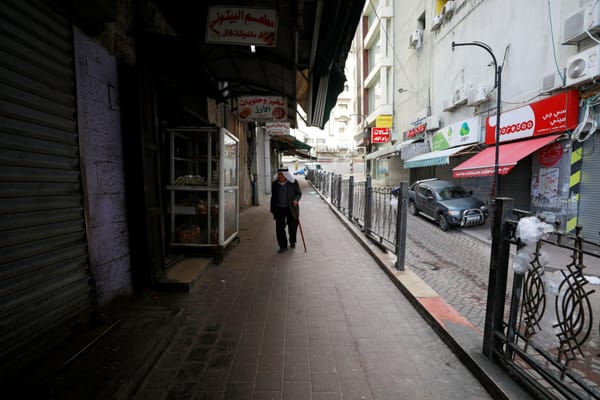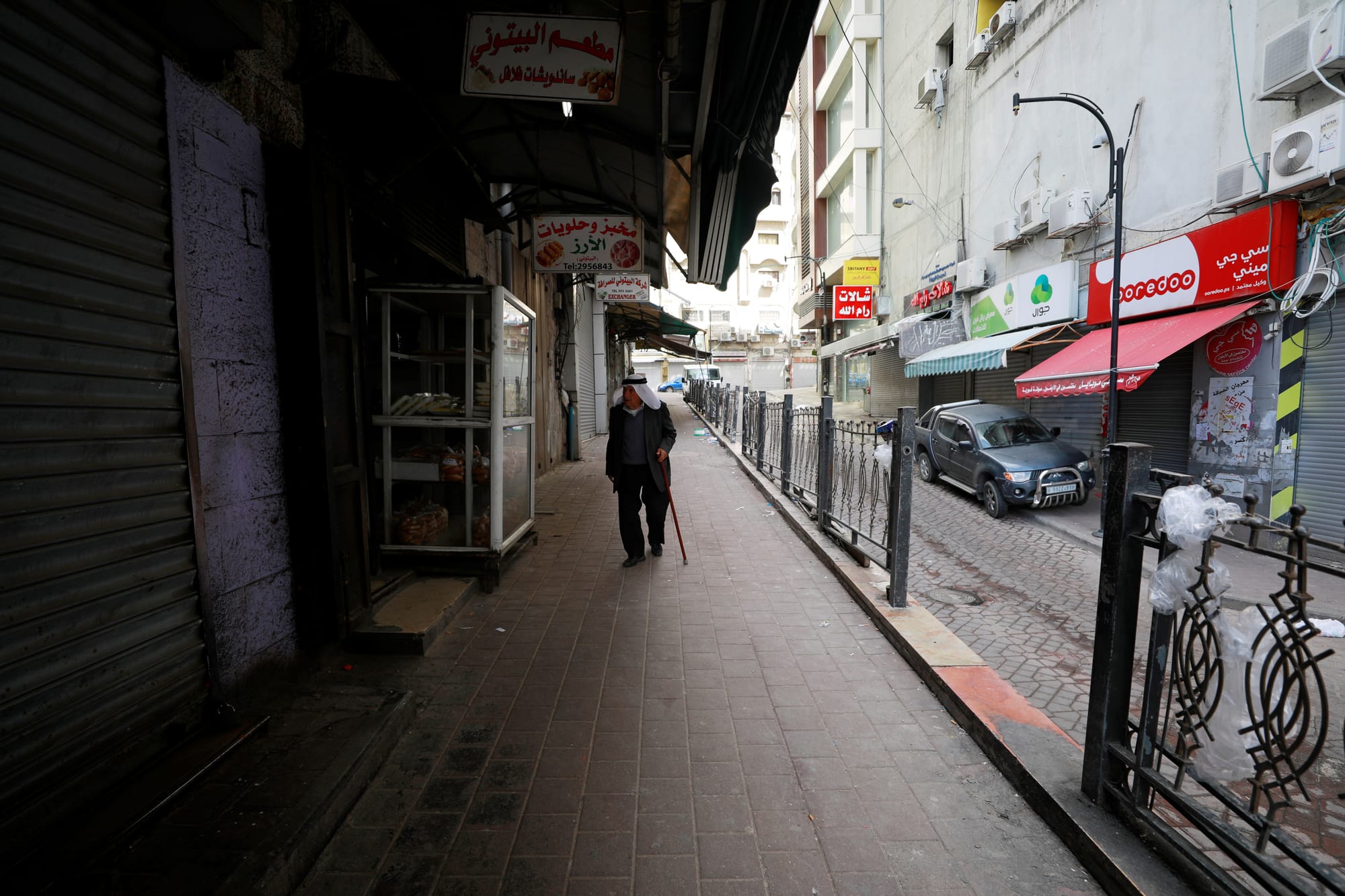Palestine on the Brink of Crisis
Palestine is heading into a disastrous recession brought on by the coronavirus pandemic's paralysis of economic life combined with structural factors specific to the Palestinian economy. Colin Powers explains why the Palestinian Authority is unable to generate the necessary level of revenue to suppo











